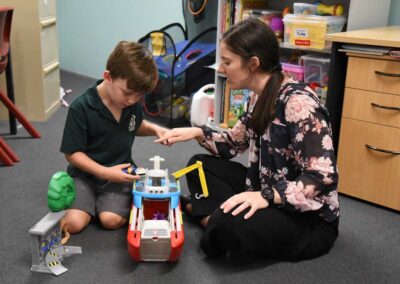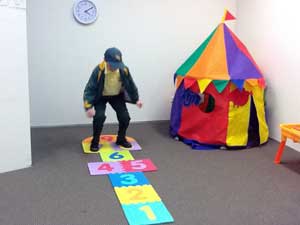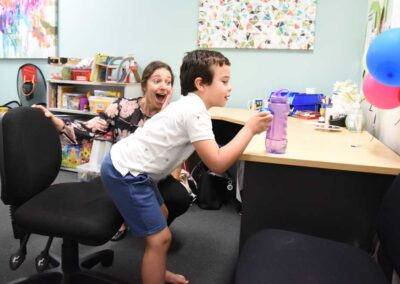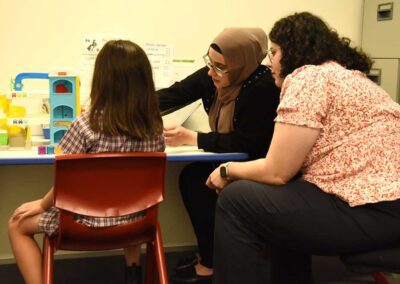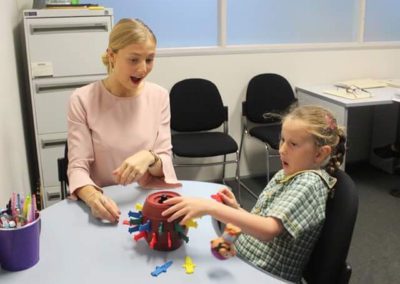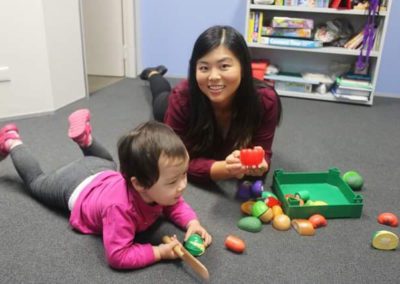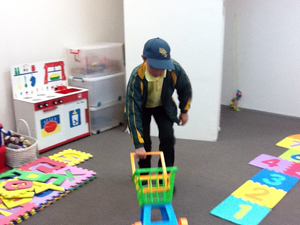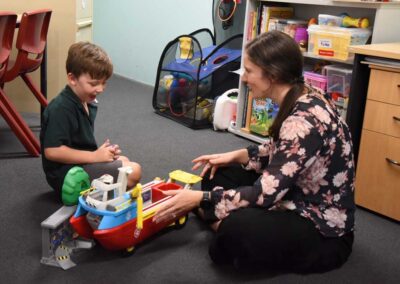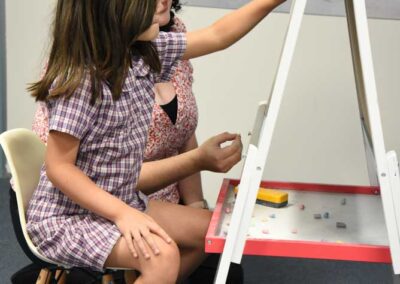When most people think of speech therapy, they picture drills, flashcards, and practicing individual words or sounds. But for children who are gestalt language processors, therapy looks – and sounds – very different.
Gestalt language processing is a natural and valid way some children acquire language. Instead of learning single words first, gestalt processors learn language in “chunks” or scripts. They might echo full sentences from favourite shows, repeat phrases they’ve heard from adults, or use long strings of speech that don’t always seem to match the moment – but hold deep meaning for them.
Understanding Gestalt Language Processing
Before diving into therapy specifics, it helps to understand how gestalt language processors develop speech. Their language learning typically follows six natural stages:
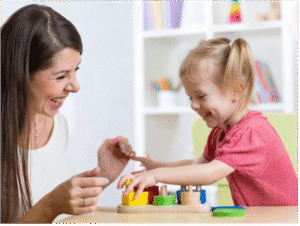
- Echolalia (gestalts):Repeating entire phrases they’ve heard before (e.g., “Let’s get out of here!” from a cartoon).
- Mitigated gestalts:Starting to mix and match parts of phrases (e.g., “Get out of the sandbox!” after combining words from different scripts).
- Single words:Pulling apart scripts and using individual words with meaning.
- Two-word combinations:Beginning to create flexible, original phrases.
- Simple sentences:Generating short, creative sentences.
- Complex, self-generated language:Using fully developed grammar and original thoughts.
A speech therapist trained in gestalt language processing will support your child through these stages in a respectful, natural way – no flashcards required.
What Speech Therapy Actually Looks Like
Here’s what you can expect in a speech therapy session designed for a gestalt language processor:
1. Connection Over Correction
Therapists prioritise building trust and connection over focusing on “fixing” speech. Sessions are relationship-based, playful, and child-led. The goal is to engage the child in meaningful interactions – not force them to say specific words.
What you’ll see:
- The therapist following the child’s lead in play
- Lots of modelling rather than direct prompting
- Repetition of phrases that feel emotionally rich or relevant to the child
2. Using Meaningful Gestalts (Scripts) on Purpose
Therapists model scripts or gestalts that match the child’s play or emotional state. These are not random phrases but intentionally chosen to reflect routines, play themes, or emotions.
Example:
If a child is playing with blocks, the therapist might model, “Let’s build it up!” or “That’s a big tower!” rather than prompting “Say block.”
Over time, the child begins to use and eventually re-shape these gestalts into more original language.
3. Play-Based, Not Drill-Based
Sessions often look like playtime – and that’s intentional. Gestalt processors thrive on interaction, emotional connection, and sensory-rich experiences.
What you’ll see:
- Toys, music, and movement
- Songs with repeated phrases
- Social games like peek-a-boo or pretend play
Through repetition and connection, children begin to internalise meaningful language.
4. Respect for Echolalia
A trained therapist never tries to stop echolalia – in fact, they see it as a strength and a necessary step in the child’s language journey. Echolalia is communication.
Therapists work with echolalia to understand what the child is trying to express, often looking for:
- The context where a phrase is used
- The emotional tone
- The origin of the script (TV show, parent, book, etc.)
By tuning in, they can provide related, meaningful language in response.
5. Supporting Natural Language Development
As the child progresses through the stages, therapists begin to model shorter, more flexible scripts – helping children “break down” their chunks of language and begin combining pieces in their own way.
This is done naturally, not through drills or rote memorisation.
Example:
If a child often says, “We did it, Bluey!” from Bluey, a therapist might model:
- “We did it!” during play
- Then, “I did it!” or “You did it!” to help expand flexibility
6. Collaboration with Parents and Caregivers

Therapy doesn’t stop when the session ends. Therapists train families on how to:
- Model meaningful gestalts at home
- Follow the child’s lead in play
- Respond to echolalia with empathy and curiosity
The more a child hears emotionally relevant language in daily life, the more opportunities they have to grow through the stages of language development.
Final Thoughts
Speech therapy for a gestalt language processor is not about forcing “correct” speech – it’s about honouring how the child naturally communicates and building a bridge to more flexible, self-generated language over time. Through play, connection, and carefully chosen language models, speech therapists help gestalt processors find their voice – one meaningful phrase at a time.

